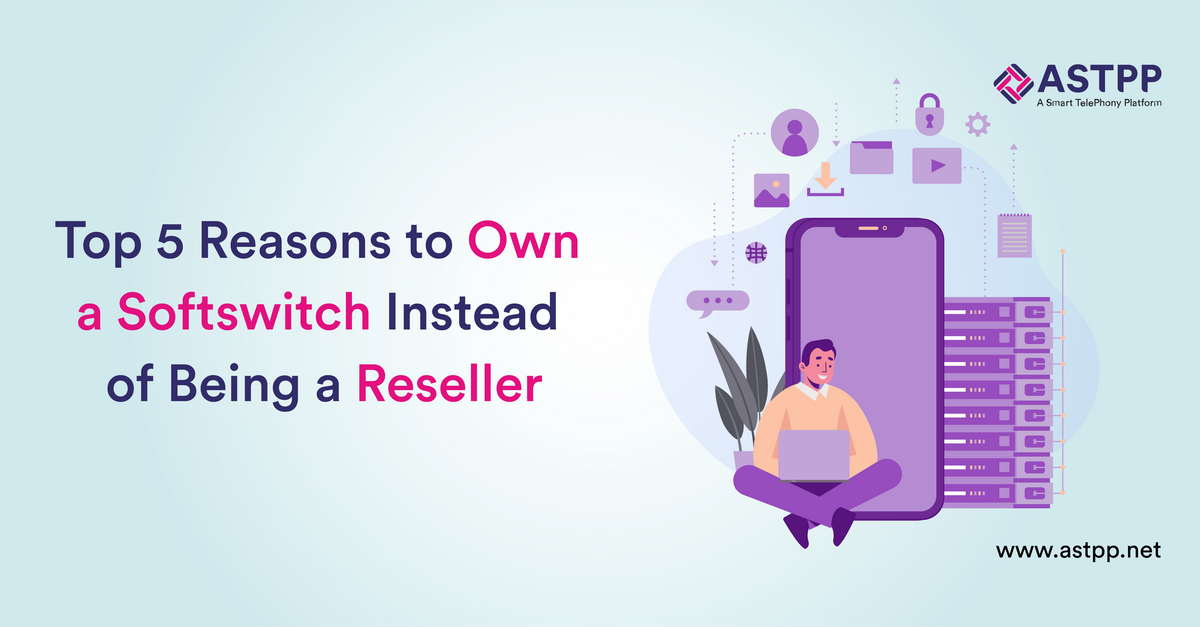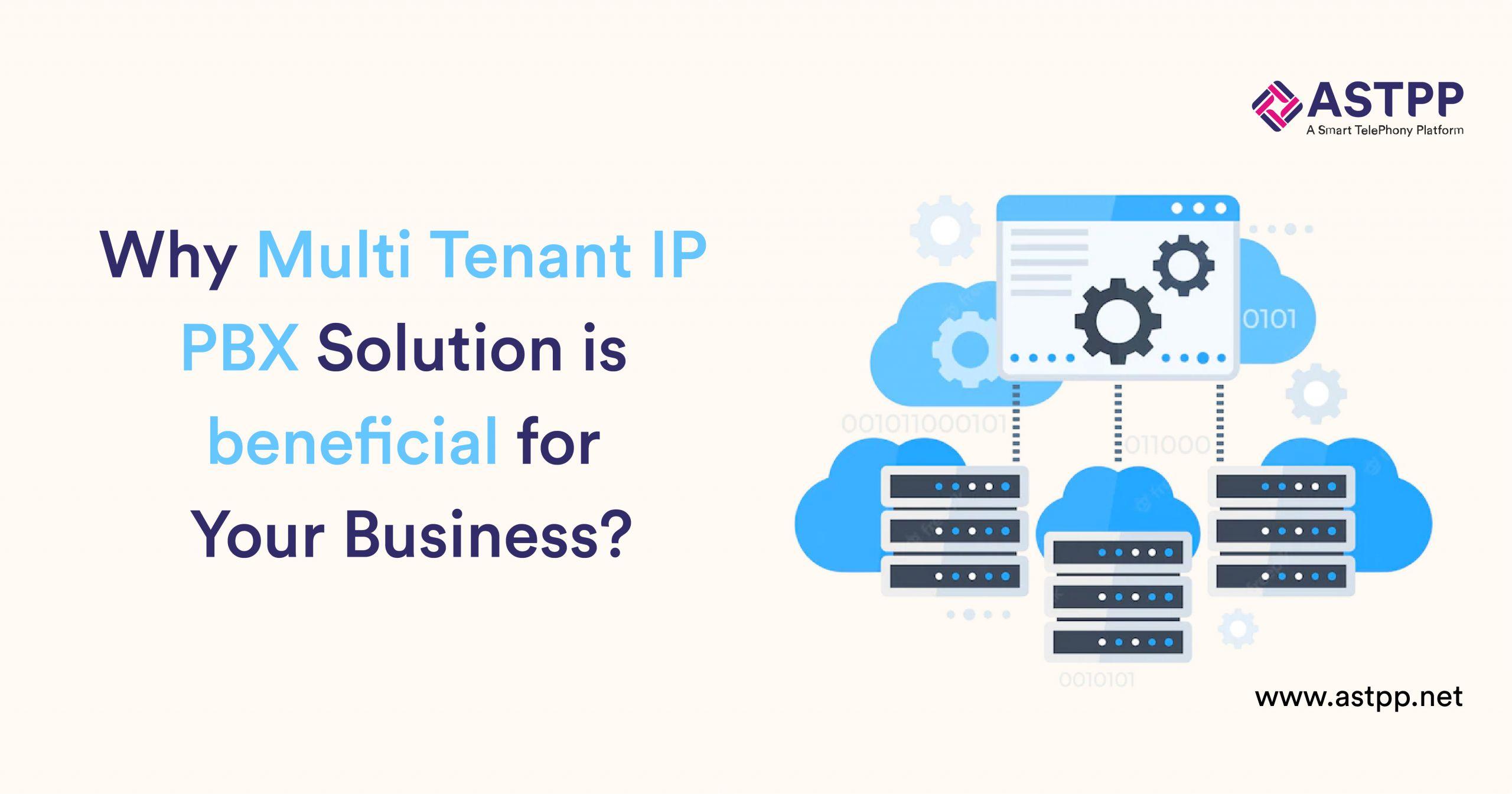The VoIP industry is full of technical terms, which often confuse newbies in the industry. Even some VoIP engineers that have been operating in the industry for some years may get confused about some terms, which are either synonyms to other terms or way too technical. Transcoding is such one word that is often used by the SBC solution providers or class 4 Softswitch software users.
In this article, we will explore what is transcoding. Along with that, we will comprehend its role in the telecom business and how users and providers can access it.
What is Transcoding?
It is the process of converting one codec into another to establish a seamless call connection between caller and recipient.
How Does Transcoding Work?
VoIP lines connect two endpoints, which are the caller and recipient, enabling voice calls or video calls. A bridge creates a connection between two endpoints. Moreover, both the caller and recipient will use an encoding algorithm. This algorithm, known as codec or vocoder.
Revolutionize Your Telecom Services with the Power of Transcoding.
If the codec is different on both sides, then it is necessary to transcode the codecs on both ends to establish a seamless call.
What is the Role of Transcoding in the Telecom Business?
In both voice and video calls, it is necessary to make a connection between endpoints if they use different vocoders. If you do not perform it, it can result in a poor connection and prevent the correct establishment of voice or video streams. This would result in a bad user experience.
How Does Transcoding Make it Available?
The VoIP development companies build transcoding as one of the integrated features in the top solutions like an SBC solution, class 4 Softswitch software, etc. The software performs the whole transcoding mechanism behind the scenes, and the caller and recipient would never get to know it.
The session border controller solution is commonly used for transcoding along with handling other jobs. The VoIP industry has different codecs. Some of the most commonly used codecs are universal codecs: G.711, G.723, G.726, G.729. T.38; Wireless codecs: G.722, QCELP, AMR, GSM, EVRC; Wireline codecs: G.728, G.729, iLBC.
How Does a Session Border Controller Work in Transcoding in the Telecom Business?
The SBC software always sits at the border of the VoIP network. It controls all sessions initiated and ended for that VoIP network. The SBC system will inspect each session and if the caller and recipient use different codecs, it will perform the transcoding for both ends.
Concluding Notes
To have seamless communication, it is necessary to have either the same codec or transcoding mechanism implemented into the software. The SBC software is commonly used to integrate it mechanisms along with handling multiple other jobs.
ASTPP provides an intuitive SBC solution to make the whole process of transcoding swimming and straightforward. To initiate discussion about your project, contact us.





